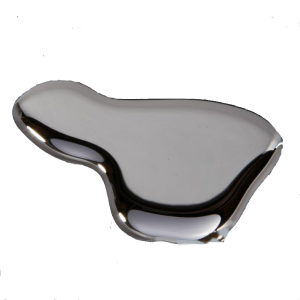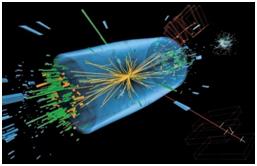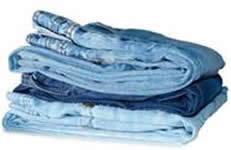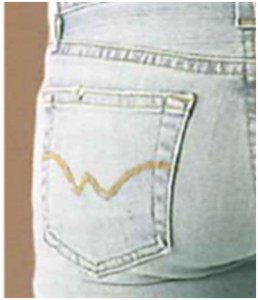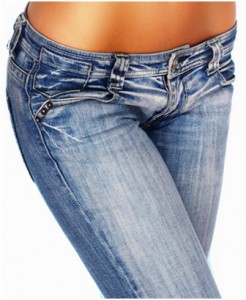Einstein´s theory of relativity explains why mercury is liquid
Scientists from New Zealand, France, and Germany have solved the old "mystery" why mercury is liquid at room temperature. The study used advanced computer models of theoretical chemistry to prove that the low melting point is due to mercury's special electron structure, something that can only be explained through Einstein's special theory of relativity.

